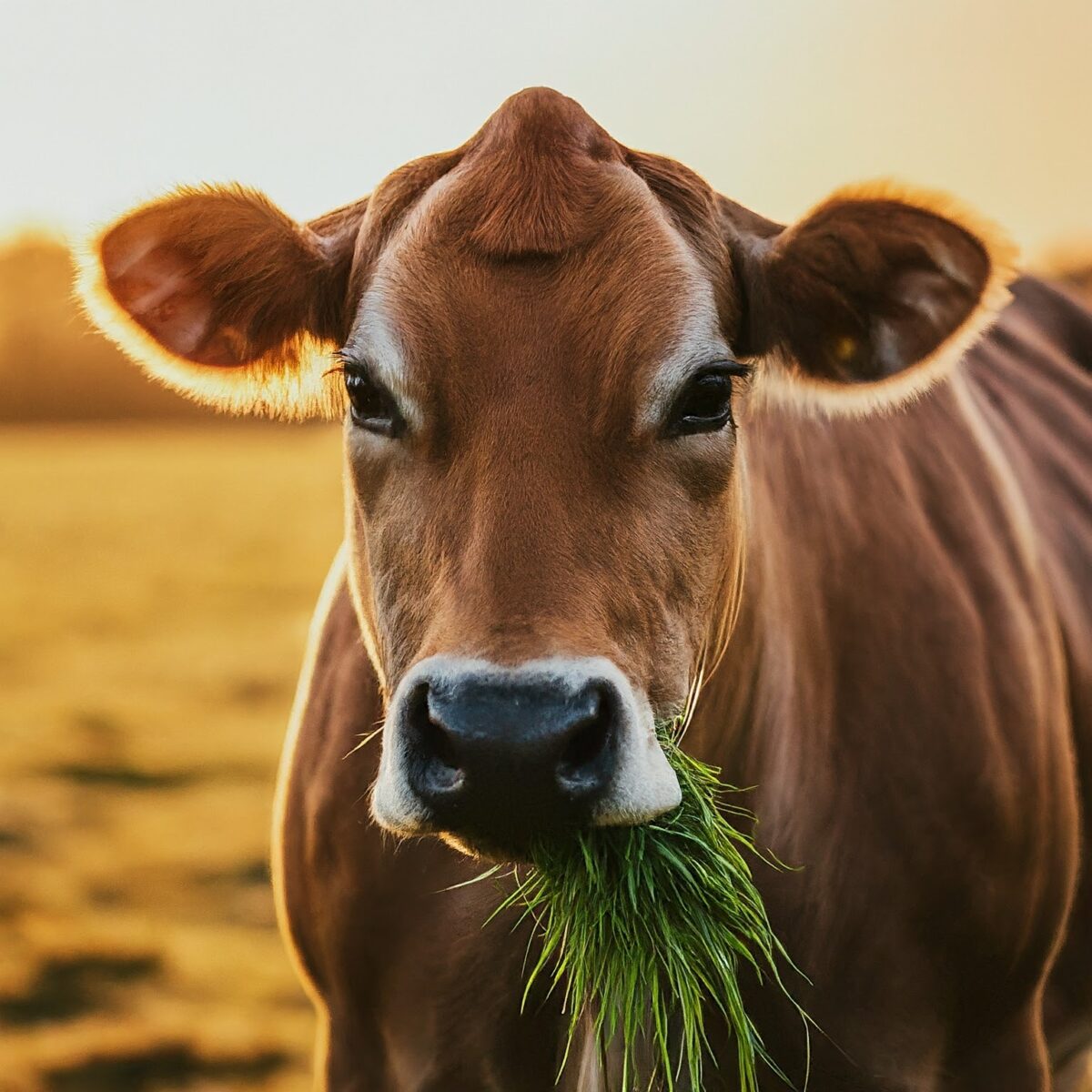Looming Fork in the Road: UK Food Security Threats in 2024 and 2025
The UK food landscape is facing a multitude of challenges, threatening the stability and affordability of our food supply. In June 2024, a stark warning letter from a collective force of industry leaders – the National Farmers’ Union (NFU), British Retail Consortium (BRC), Food & Drink Federation (FDF), and UK Hospitality – highlighted the severity of these threats. As a food security expert, I want to delve into the key issues impacting UK consumers and businesses in 2024 and 2025, and explore strategies to navigate these turbulent times.

The Intertwined Threats:
The challenges affecting UK food security are interconnected, creating a ripple effect throughout the entire system. Here’s a breakdown of the major threats:
- Disrupted Global Supply Chains: Repercussions from the ongoing geopolitical situation and lingering effects of the pandemic continue to disrupt global supply chains. This makes it harder and more expensive to source ingredients and finished food products from abroad, impacting both availability and cost.
- Climate Change: The UK is experiencing increasingly extreme weather events like droughts and floods, leading to a decline in agricultural productivity. This disrupts domestic food production and disrupts the delicate balance between imports and self-sufficiency.
- Rising Input Costs: The cost of fertilisers, fuel, and animal feed has skyrocketed due to global factors and supply chain disruptions. This puts a significant strain on farmers’ margins and ultimately trickles down to consumer prices.
- Labour Shortages: The agricultural and food processing sectors are facing labour shortages, impacting both production and distribution. This shortage is driven by a combination of factors like competition from other sectors, and a lack of skilled workers entering the workforce.
- Biosecurity Threats: The risk of animal and plant diseases spreading into the UK remains a constant concern. Outbreaks can significantly disrupt production and lead to food shortages.
Impact on Consumers:
These threats will have a direct impact on UK consumers in several ways:
- Higher Food Prices: Consumers can expect to see continued price increases across a range of food items due to rising production and import costs. This could disproportionately affect low-income households, potentially leading to food insecurity.
- Reduced Choice: Supply chain disruptions and potential shortages may lead to a reduced variety of food products available on supermarket shelves. Consumers might have to adapt their shopping habits and embrace a less diverse diet.
- Quality Concerns: In a scenario where readily available options become limited, consumers might have to make compromises on food quality, opting for less fresh or processed alternatives.
Challenges for Businesses:
Food businesses, from farms to retailers, face a challenging environment:
- Profitability Squeeze: Rising input costs, coupled with potential pressure on prices from consumers, will squeeze profit margins for businesses across the food supply chain.
- Supply Chain Disruptions: The continued volatility in global supply chains will disrupt sourcing and distribution patterns, making it difficult for businesses to secure consistent supplies and manage inventory effectively.
- Labour Market Challenges: The labour shortage will continue to make it difficult for businesses to find and retain skilled workers, impacting efficiency and productivity.
- Consumer Confidence: Rising food prices and potential shortages could erode consumer confidence, leading to changes in purchasing behaviour and potentially impacting sales.
Building Resilience: A Call to Action
While the situation presents significant challenges, there are steps businesses can take to build resilience and navigate these difficult times.
- Diversifying Sourcing: Exploring alternative suppliers and diversifying sourcing strategies can help businesses mitigate the risks associated with disruptions in any single source.
- Investing in Domestic Production: Supporting British farmers and investing in domestic production can help reduce reliance on imports and improve the overall security of the UK food supply.
- Embracing Innovation: Technological advancements in agriculture, such as precision farming and vertical farming, can help boost yields and improve resource efficiency.
- Workforce Development: Investing in training and upskilling programmes can help address the labour shortage and ensure a skilled workforce for the future of the food sector.
- Building Strong Relationships: Building strong partnerships throughout the supply chain can facilitate communication and collaboration, allowing businesses to adapt to changing circumstances more effectively.
Joining the Conversation:
For business leaders interested in proactive risk management strategies to navigate these challenges, the Business Risk Management Club offered by BusinessRiskTV can be a valuable resource. This club provides a platform for leaders to:
- Stay Informed: Gain insights from leading experts on the latest developments in food security threats and risk management strategies.
- Connect with Peers: Network with other business leaders in the food sector to share experiences and develop collaborative solutions.
- Access Best Practices: Learn from successful companies and discover best practices for building resilience and mitigating food security risks.
By joining the Business Risk Management Club, businesses can gain the knowledge and connections necessary to navigate the complex challenges of the UK food security landscape.
A Look Ahead:
The coming years will be critical for the UK food sector. By acknowledging the threats, taking proactive measures to build resilience, and fostering collaboration, businesses can play a vital role in ensuring a secure and affordable food supply for the nation. The combined efforts of businesses, policymakers, and consumers will be crucial in steering the UK food system towards a more sustainable and secure future.
Call to Action:
Don’t wait until a crisis hits. Take action today. Explore the resources offered by the Business Risk Management Club and join the conversation with other industry leaders. Together, we can build a more resilient food system for the UK.
About Risk Management Expert Authors:
Our food security experts have extensive experience in farming, agriculture and food and drink production. If you are an expert in these areas and want to promote your services please contact us. Our experts are passionate about building a sustainable and secure food system for the UK.
Note further articles of possible interest :
- Risk mitigation strategies for threats including e.g. climate change, discuss drought-resistant crops and water conservation techniques.
- Examples of businesses successfully implementing risk management strategies to build resilience.
- Risk insights into potential government policies that could support a more secure food system.
Get help to protect and grow your business faster
Find out more about Corporate Membership
Subscribe for free business risk alerts and risk reviews
Read more free business risk management articles
UK Food Security Under Threat: 2024 and Beyond – A Guide for Businesses and Consumer




